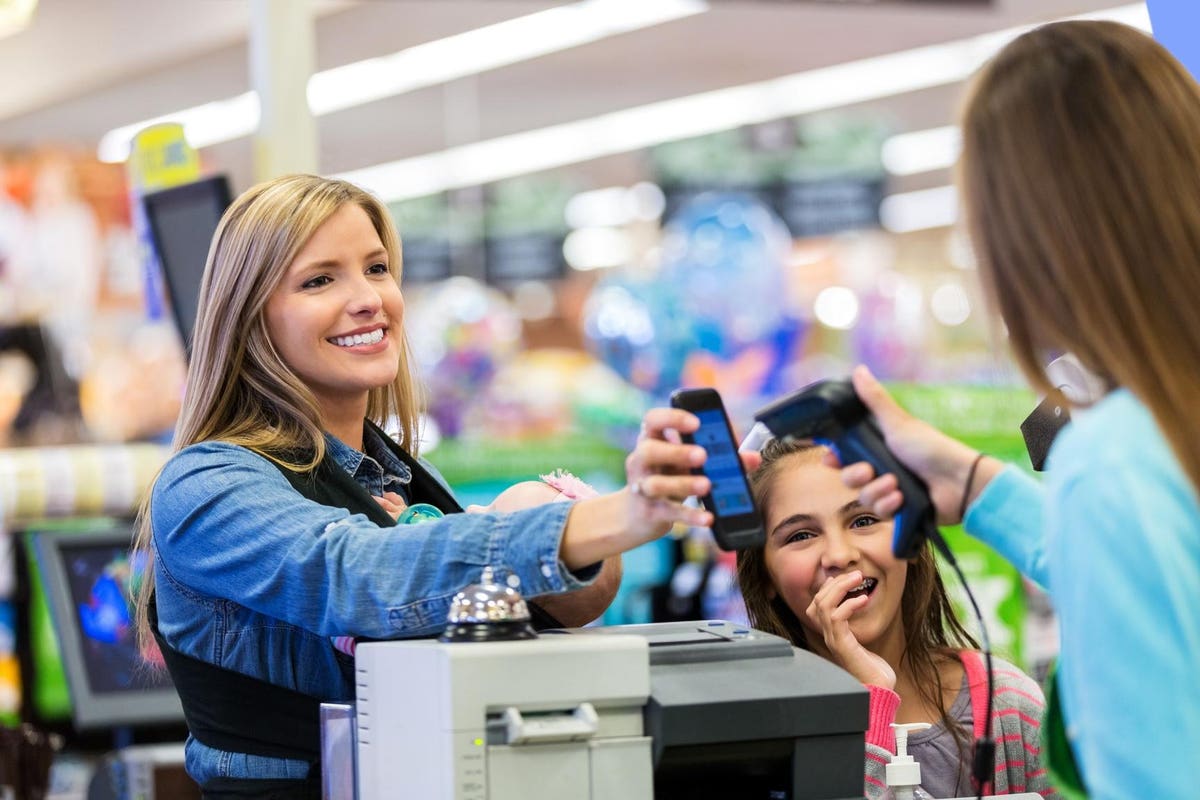As the retail landscape continues to display high levels of volatility, retail loyalty is being tested like never before.
Consider the findings of Accenture’s
ACN
Combined with ongoing price inflation, this is having a predictable impact on consumer spending and shopping behaviors.
It calls on retailers to rethink how they sustain and increase customer loyalty in an environment in which consumer confidence is weaker and spending choices are more carefully considered.
Focusing on value
One obvious route is to double down on discounts and promotions. This has traditionally been a key focus of retail loyalty programs. And a strategy emphasizing value can still be a powerful generator of customer loyalty.
Helping shoppers find a price point they can afford is even more important in times of high economic uncertainty and tighter consumer wallets.
It’s why many retailers have been recently focusing their loyalty programs on low-price offers for members.
What’s more, with modern data analytics, this kind of strategy can be reinforced with hyper-personalization.
Using data on past shopping habits and purchases, retailers are now able to tailor promotions to individual customers with much greater precision.
Loyalty is more than a discount
However, it’s important retailers ask themselves how sustainable a discount-focused loyalty strategy really is. Because there’s a clear risk of a race to the bottom on pricing.
Not only that, focusing on price above all else is a missed opportunity. It fails to capture the full span of desires and expectations that consumers have from a retail brand.
Consumers today have a broader conception of brand loyalty than in the past. They’re looking for the right selection of products, conveniently available, with fast delivery and hassle-free returns — all wrapped in a high level of knowledgeable customer service.
Look at the increasing prevalence of retail subscription services, for example. Growing numbers of big box retailers are launching paid subscription programs that offer free or discounted home delivery.
These programs are an increasingly important part of retail loyalty. In fact, for some, subscription is the new loyalty.
Reinventing loyalty
Big picture? As retailers reinvent their loyalty strategies, it’s important not to get too fixated on the retail transaction itself.
Instead, the focus should be on truly understanding individuals, helping them take control over their lives, reducing the complexity they face in achieving their desires, building communities, and providing memorable experiences.
In apparel, for example, there are already great examples of brands whose store associates give “honest” online video reviews of products. Or offer personal stylist services to help customers find the right wardrobe.
Just look at how British menswear brand Percival created a tiered loyalty program with increasing levels of reward points and perks. The fourth tier, called The Closed Circle, is made up of the most valuable Percival customers, who have been invited to a private WhatsApp chat with founder Chris Gove. In this private group, Gove offers sneak previews of new products and collaborations, as well as steeper discounts than the ones offered to the general public. He also gathers feedback from the members on things like marketing campaigns and product designs.
There’s also a big opportunity in grocery retail around hyper-personalized advice on matching food and beverage products to an individual’s health and wellness goals — and tying this into a loyalty offering.
Driving engagement
Loyalty is also intimately connected to the brand strategy. Consumers are drawn to brands with authentic stories to tell. These stories can be a powerful way to drive brand engagement and loyalty.
Similarly, many consumers value having access to communities of likeminded enthusiasts based around certain product categories — everything from organic food to audio-visual technology — which savvy retailers can capitalize on.
Consider how brands like Best Buy
BBY
Gamification is another interesting avenue. By infusing loyalty programs with a sense of adventure and competition, retailers can engage customers on a deeper level.
Gamified challenges can reward shoppers with promotions, exclusive access to products, personalized items, and even special events, fostering more emotional connections with the brand.
The critical enablers
It goes without saying that a mature data and analytics capability is an essential prerequisite of a reinvented loyalty strategy.
Without it, retailers will inevitably struggle to deliver the high levels of personalization that are now key to cultivating loyalty.
Data and analytics are the foundation for understanding the nuances of each customer, as well as pinpointing the right products, pricing, and channels for engagement.
This is becoming even more critical as consumers increasingly turn to new generative AI-powered services for product search and discovery.
But while technology is key, human interaction remains just as pivotal. Frontline workers and customer service agents play an essential role in translating a brand’s ethos into tangible experiences.
By creating emotional connections with consumers, the retail workforce drives customer loyalty. They embody the brand’s purpose and values and turn routine interactions into meaningful experiences that resonate long after a purchase.
New ways to think about loyalty – being helpful
As consumers continue to brave this period of uncertainty, retailers must themselves be brave in embracing change in their approach to loyalty.
By focusing on the full range of consumer needs and desires, they can cultivate innovative brand engagement strategies that transcend traditional points- or promotions-based notions of loyalty.
Innovative programs can be used to build compelling brand narratives, create truly personalized offers and experiences, and provide honest human advice to help consumers achieve their goals faster and more effectively – ultimately being helpful!
That’s the way to adapt customer loyalty for a new era.
Read the full article here





